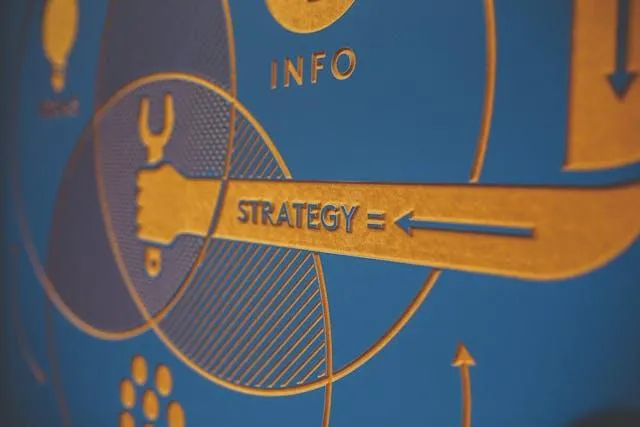
Events related to networking give great chances for companies to create leads, build strong relationships, and raise brand recognition. Still, turning up alone won’t optimize these advantages. Good marketing plans before, during, and following networking events will greatly increase your return on investment and differentiate you from rivals.
Strategic Pre-Event Preparation
The success of a networking event depends critically on preparation. Start by precisely stating your goals for the event. Knowing your networking objectives—new product introduction, enhancement of current professional contacts, or qualified lead generation—helps you customize your strategy for best results. Investigate the event carefully to learn its estimated attendance, industry concentration, and audience composition. This information helps you craft your message to appeal to participants. The Event Marketing Institute claims that businesses that match their marketing materials to certain event audiences get up to 25% greater engagement rates. Create focused marketing tools addressing the interests and pain issues of event participants. These might be bespoke presentations addressing current industry difficulties, pamphlets stressing solutions relevant to the industry emphasis of the event, or business cards including QR codes linked to special event offers. Start your marketing not waiting till the event.
Optimizing Your Physical Presence
Attracting possible contacts and leaving a lasting impression depends much on your physical arrangement during networking events. Your event headquarters is a professional, well-designed 10 × 10 booth display that should highlight your company identity and set from other exhibitors. Give visual attractiveness and clarity top priority while planning your booth display. From a distance, your company name and key value offer should be immediately obvious. Experts in exhibition design at MOD Displays say that good booth displays attract people by combining interactive components, suitable lighting, and premium visuals. Think about using technologies to improve involvement. Memorable interactions might result from interactive touch displays, product demos, or virtual reality experiences. Studies conducted by the Center for Exhibition Industry Research show that adding interactive displays to your exhibit may increase visitor involvement by about thirty percent. Your booth display should be arranged to encourage rather than hinder communication. Steer clear of physical obstacles separating you from possible contacts and design areas fit for polite conversation.
Engagement Techniques That Convert
Although drawing people to your booth offers the initial difficulty, turning these exchanges into profitable business contacts calls for calculated participation. Teach your staff successful networking techniques fit for your brand voice and event goals. Create a strong elevator pitch meant especially for the attendees of the event. This should effectively convey your value proposition, therefore addressing the particular opportunities or problems pertinent to the audience. Natural delivery of this presentation will help you avoid too polished or sales-oriented language. Establish a qualifying process to find relationships with great promise. This might contain ready inquiries to expose wants, problems, and power to make decisions. Asking intelligent questions that show industry expertise, according to Harvard Business Review, leaves more positive first impressions than just showcasing skills.
Effective Post-Event Follow-Up
The end of the networking event starts the most important stage of your marketing plan. Methodical follow-up turns first contacts into profitable corporate ties. Start follow-up calls 48 hours after your interaction is still fresh in the prospect’s memory. Referencing certain discussion topics and attending to the particular requirements or interests spoken throughout your connection will help each message be customized. Instead of depending just on one contact attempt, design a multi-touch follow-up series. This may start with a thank-you email, then involve distributing pertinent materials, and lastly, a particular proposal or meeting request. According to Sales Insights Lab’s research, eighty percent of successful sales call for at least five follow-up meetings. Think about using several channels of contact depending on your prospect preferences. While email is still the norm, unique LinkedIn contacts, direct mail with event-specific materials, or video communications can set you apart from rivals depending just on generic emails.
Conclusion
Good marketing at networking events calls for a whole strategy covering pre-event planning, smart booth presence, deliberate interaction, and methodical follow-up. These techniques can help you turn informal meet-and-greet chances into effective business development tools with quantifiable returns on investment. Recall that effective networking marketing is about starting and fostering connections that, over time, produce mutual benefit rather than about amassing the most business cards.

